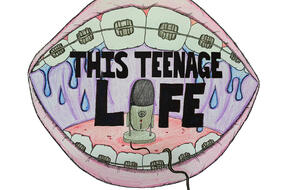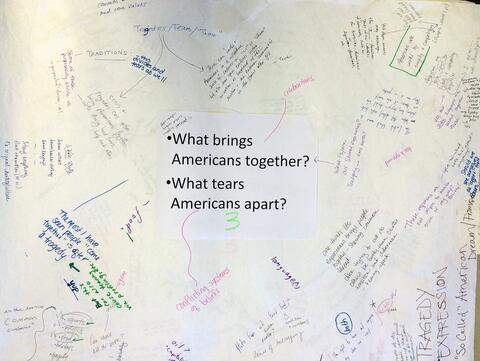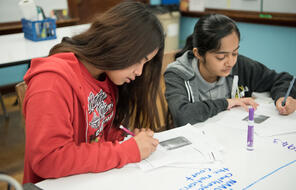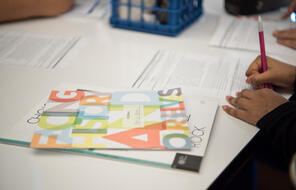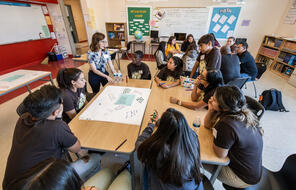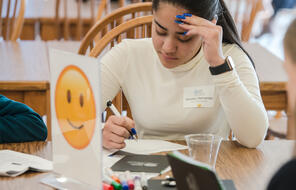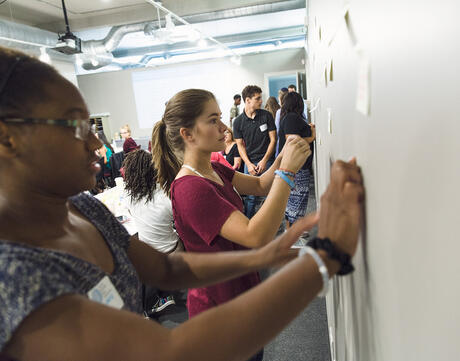
Graffiti Boards
At a Glance
Language
English — USSubject
- Advisory
- English & Language Arts
- History
- Social Studies
Grade
6–12Overview
About This Teaching Strategy
Graffiti Boards are a shared writing space (e.g., a large sheet of paper or whiteboard) where students record their comments and questions about a topic. The purpose of this strategy is to help students “hear” each other’s ideas. Some benefits of this strategy include that it can be implemented in five to ten minutes, it provides a way for shy students to engage in the conversation, it creates a record of students’ ideas and questions that can be referred to at a later point, and it gives students space and time to process emotional material. You can use the Graffiti Boards strategy as a preview activity by introducing a new topic and helping students to organize any existing knowledge about that topic. You can also use this strategy to prepare for a class discussion or writing assignment about a text by asking students to share their reactions to the text on the Graffiti Board.
Lesson Plans
Steps for Implementation
Variations
Example
Unlimited Access to Learning. More Added Every Month.
Facing History & Ourselves is designed for educators who want to help students explore identity, think critically, grow emotionally, act ethically, and participate in civic life. It’s hard work, so we’ve developed some go-to professional learning opportunities to help you along the way.
Exploring ELA Text Selection with Julia Torres
On-Demand

Working for Justice, Equity and Civic Agency in Our Schools: A Conversation with Clint Smith
On-Demand

Centering Student Voices to Build Community and Agency
On-Demand
